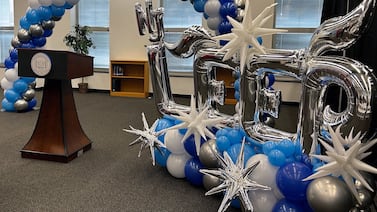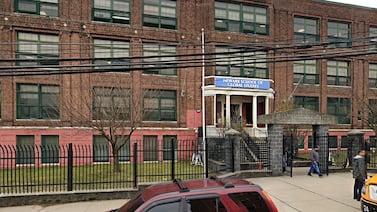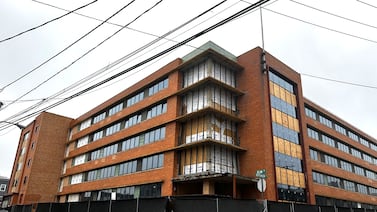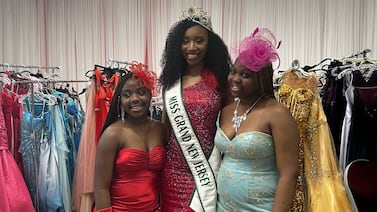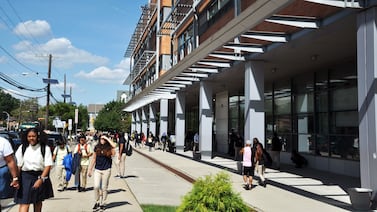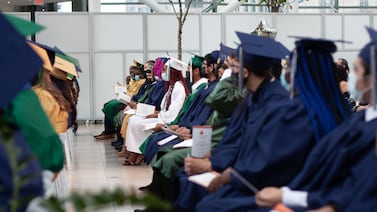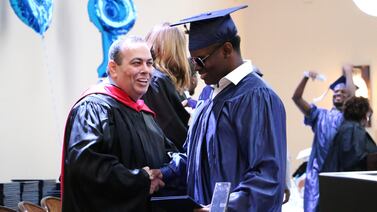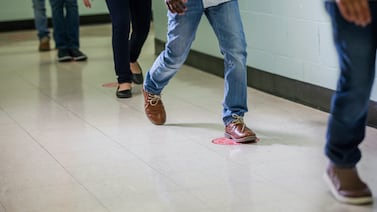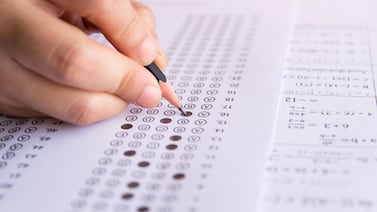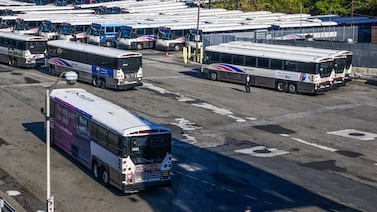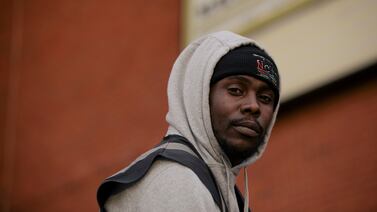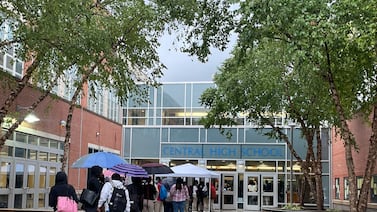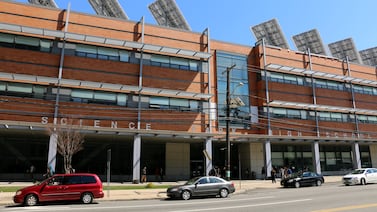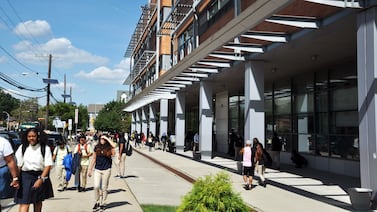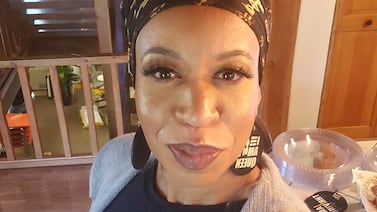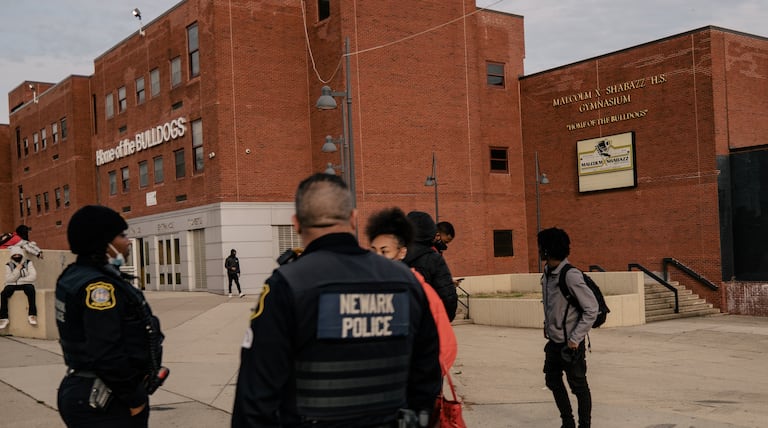High schools
Through a partnership with Newark Public Schools and a grant from MacKenzie Scott’s Yield Giving Foundation, NJ LEEP will launch its programs at two city high schools.
The school held a ribbon-cutting ceremony at its business center Monday.
The Newark Teachers Union reached a tentative settlement with the district on Monday in lawsuits seeking the release of a scathing report on the racial dynamics at Newark’s School of Global Studies that Superintendent Roger León said would remain internal.
The Newark School of Architecture and Interior Design is expected to open next fall in the city’s East Ward after long-standing wage complaints that have delayed the project for three years.
A new report found that providing consistent support for Black boys can yield positive outcomes for other male students. But more support is needed from federal leaders.
Hundreds of teens across Newark are headed to prom as this year marks the four-year anniversary of the pandemic and the start of virtual learning.
“Typically at this point, all students would have financial aid packages from all their schools,” said Mark Stulberg, director of college counseling at North Star Academy’s Lincoln Park High School.
The bill is facing some opposition from critics who say test scores keep districts and teachers accountable.
State education leaders voted to change the New Jersey Graduation Proficiency Assessment passing scores to 725, down from the original 750 scores.
The state Department of Education recommended lowering the passing score but some board members worried that could reduce career and college readiness.
Last year, the state adopted a higher passing score than one recommended by education officials, but promised to review the results to determine if New Jersey should lower the benchmark for juniors this year.
Emails obtained by Chalkbeat Newark show the growing tensions among students and pleas from frustrated teachers and a parent asking school leaders to stop and prevent racist harassment on campus.
This year, incoming high schoolers are required to take their admissions test in early February but Newark has not clarified if the exam will be given to students this year.
After years of negotiating, Newark Public Schools and NJ Transit will launch a monthly bus pass program for high school students next year.
The Newark Community Street Team will partner with the Newark Opportunity Youth Network charter school to support student mental health and provide violence prevention and intervention.
New Jersey’s largest school district welcomes back more than 38,000 students to Newark schools with its mask mandate still in place.
In 2019, a Newark Public Schools teacher filed a lawsuit against the former Sussex Avenue principal Darleen Gearhart alleging harassment, retaliation, and discrimination in the workplace. The lawsuit is ongoing.
Two new principals take the helm at Science Park and Vocational High Schools.
Talena Lachelle Queen focuses on love in her classroom and infuses poetry in her language arts class.
Malcolm X Shabazz High School in Newark has struggled with violence and low academic achievement for years, even as parents and employees pleaded for help.

